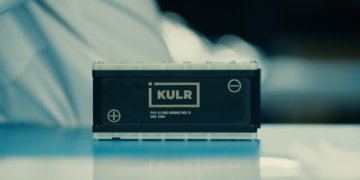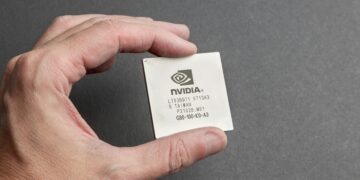A Mixed Outlook Amid Strong DC Growth and Weak Gaming/Embedded Segments
Advanced Micro Devices (AMD) is gearing up to release its second-quarter earnings report between July 30 and August 5. As analysts dissect the expected outcomes, it appears AMD’s performance will present a mixed bag of achievements and challenges. While the Data Center (DC) and client segments are poised for robust growth, gaming and embedded markets show signs of weakness.
Data Center and Client Segments: The Bright Spots
AMD’s Data Center segment, which accounts for 43% of its revenue, is expected to see significant growth, with a 19% quarter-over-quarter (QoQ) increase and a staggering 111% year-over-year (YoY) rise. This growth is largely driven by the MI300 series and server CPU share gains. The MI300 series is anticipated to contribute around $5 billion this year, with supply chain partners planning for 400,000 units. The average selling price (ASP) of these units is estimated to be between $12,000 and $13,000.
The release of the MI325 in the fourth quarter, followed by the MI350 in 2025 and the MI400 in 2026, suggests a robust pipeline for AMD’s data center products. Additionally, the EPYC server CPUs are expected to continue gaining market share, with EPYC revenue/unit share recorded at 33% and 24% in the first quarter.
The client segment, contributing 25% of AMD’s revenue, is projected to grow by 6% QoQ and 46% YoY in the second quarter. The introduction of the Ryzen AI 300 (Strix Point) and Ryzen 9000 processors for notebooks and desktops is set to bolster this segment. However, the impact of AI on driving a significant PC refresh remains uncertain, with substantial buying activity likely deferred to 2025.
Challenges in Gaming and Embedded Segments
Contrasting the positive outlook for DC and client segments, AMD’s gaming and embedded markets are facing difficulties. The gaming segment, representing 17% of revenue, is expected to decline by 34% QoQ and 61% YoY in the second quarter. This downturn is attributed to the semi-custom business, which is projected to be a drag through 2027. However, the anticipated launch of the Radeon 8000 series GPU in the fourth quarter could partially offset the decline.
The embedded segment, making up 16% of revenue, is expected to remain flat QoQ but down 42% YoY in the second quarter. Analysts believe this segment is at its trough and foresee a modest recovery in the second half of the year.
Gross Margin and Profitability Outlook
AMD’s gross margin (GM) is expected to improve by 70 basis points QoQ to 53% in the second quarter, with incremental improvement anticipated in the second half of the year. While the MI300 series is seen as a near-term headwind for gross margins, it is expected to be accretive in the long term. The recovery in the embedded segment is also projected to be a tailwind for GM.
Despite these positive indicators, analysts remain cautious about AMD’s ability to deliver a profitable long-term business model. The competitive landscape poses significant challenges, with NVIDIA’s dominant position in the AI market and Intel’s (INTC) and ARM’s strong presence in the CPU space. Additionally, AMD’s substantial exposure to the low-growth PC market, which constitutes 25% of its business, remains a concern.
Financial Adjustments and Market Position
AMD recently announced the acquisition of Silo AI for $665 million in cash, expected to close in the second half of the year. The company has a free cash flow of $379 million (7%) in the first quarter and $5.6 billion remaining on its repurchase authorization. Management also planned to retire $750 million of 2.95% Senior Notes in the second quarter.
Despite being up 23% year-to-date, AMD trades at 34 times the estimated CY25 earnings per share (EPS), compared to the group average of 31 times. This valuation reflects the market’s balanced view of AMD’s risk and reward potential, given the competitive pressures and structural challenges it faces.
In summary, while AMD’s data center and client segments show promise, the gaming and embedded segments’ weaknesses and competitive headwinds present significant challenges. The company’s ability to navigate these dynamics will be crucial in determining its long-term profitability and market position.
You might like this article:CAVA Poised for Long-Term Growth with Conservative Estimates: A Bright Future Ahead











